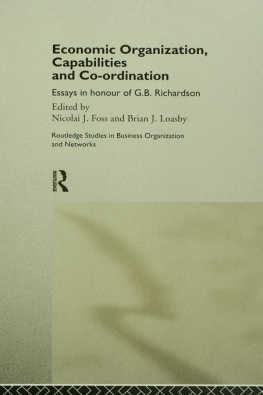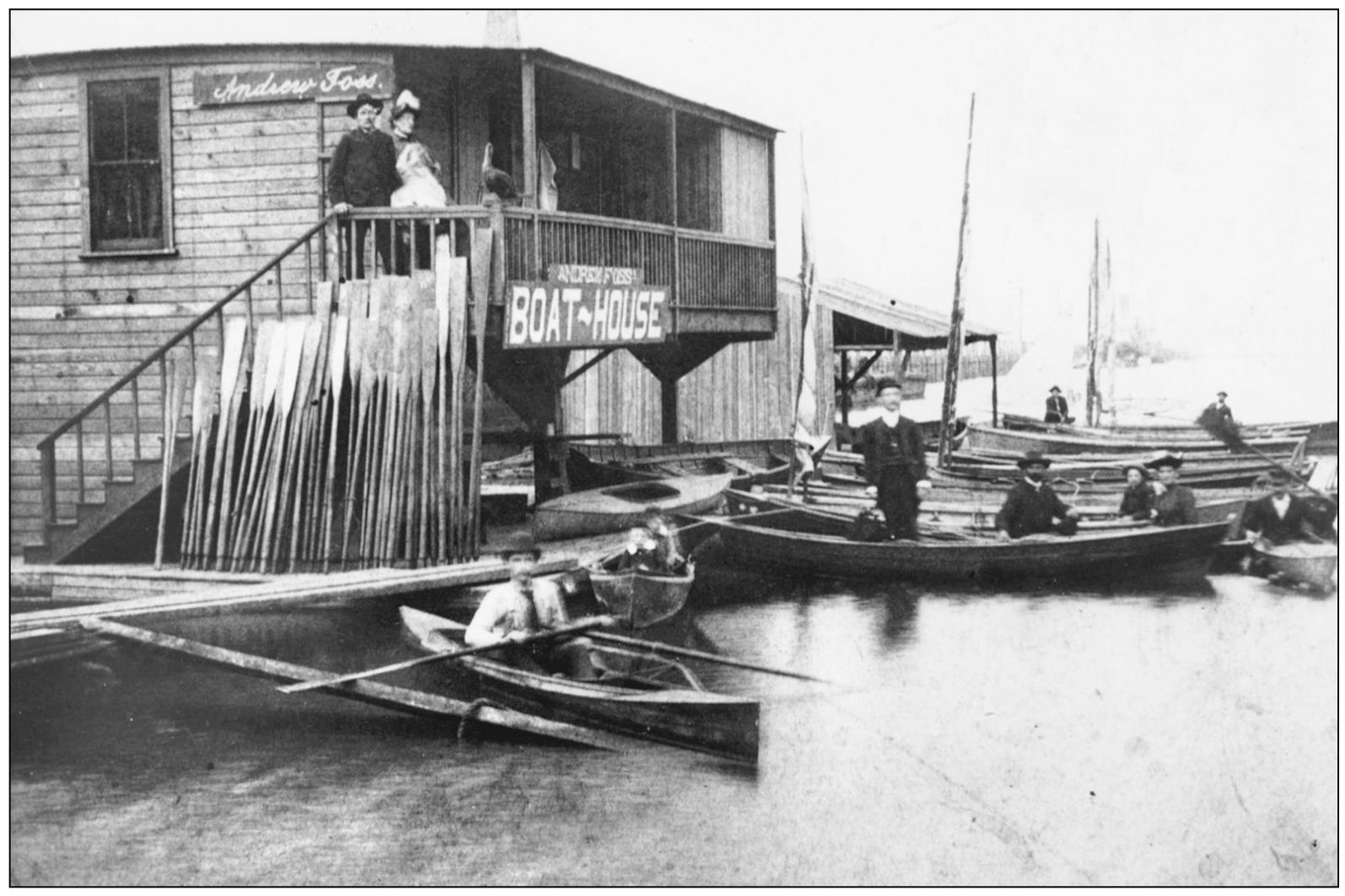ACKNOWLEDGMENTS
This book would have been impossible without the help of many Foss families, employees, retired boatmen, and customers. I must first thank Foss customer service manager and historian Mike Skalley. Mike opened the company archives for me and answered numerous questions. Dispatchers who have kept me abreast of Foss activities include John Lewis, Bert Wyant, Sandy Macham, Steve Spencer, Jim Crowley, Chris Wolf, Susan Dyer, Lloyd Wilbur, and Don Hogue. Foss management who provided photo opportunities include Toby Holmes; Bruce Reed; Hap Richards; Scott Merritt; Matt Brown; John Barrett; Steve Kimmel; Don McElroy; Andy Stephens; Paul Gallagher, the worlds best press boat FRV (Fast Response Vessel) driver; and Tow Bitts editor Bruce Sherman.
A warm thank you to all the captains and crews who have welcomed me aboard their tugs.
Great tugboat friends include Robin and Kae Paterson, Shawn and Mike OConnor, Bud Hopkins, Boyd Galligan, Jay Peterson, Bert Holmes, Norm Manly, and Mark Freeman.
Foss family members sharing stories and photographs include the late Drew Foss and Tooty Foss Hager, Peter Campbell, Duncan Campbell, Sandra Campbell Wright, Tina Foss, Diane Foss, Leslie Foss, Brynn Foss Rydell, and Shannon Bauhofer.
Museum and library staff includes Caroline Marr, Museum of History and Industry (MOHAI), and Karl House, Puget Sound Maritime Historical Society.
I am especially indebted to Brian Kamens and Robert Schuler of the Tacoma Public Library Northwest Room. Also generous in helping were Evette Mason, Port of Tacoma; Vicki Blackwell, Gig Harbor Peninsula Historical Society; Elaine Miller, Washington State Historical Society; and Ron Magden, Dale Wirsing, and Paul Michaels of the Tacoma Historical Society.
Heartfelt thanks to high school intern Holly Skewis and her father, Capt. Eric Skewis; filmmakers Nancy Haley and Lucy Ostrander; and Tom Cashman and Mary Bowlby of the Thea Foss Seaport Museum.
Credit goes to the fine photographic work by Photo Pro Imaging and Donna Gatter.
A special thank you to close friends Tom and Linda Hulst and Vicki Tart, who encouraged my writing, as did my energetic editor, Julie Albright. Norwegian community information was provided by Megan Eymann and Norm and Irma Strom; thank you for your generosity. Lastly I want to thank my wonderful wife, Kathie, who has always supported my passion for photography and tugboats.
Find more books like this at
www.imagesofamerica.com
Search for your hometown history, your old
stomping grounds, and even your favorite sports team.
One
ROWBOATS AND LAUNCHES
Ole Thorvaddsen was the father of Foss founder Andrew Olesen, who was born on the family farm in Skirfoss, Norway, in 1855. Upon coming to America in 1878, Andrew changed his name to Andrew Olesen Fossen (which means waterfall in Norwegian) and then later to Foss. (Courtesy Tina Foss.)
Andrew married Thea Christiansen of Eidsberg, Norway, in a Lutheran church in St. Paul, Minnesota, in 1881, and they had two boys, Arthur (1885) and Wedell (1887). Andrew worked as a carpenter in Minnesota for almost eight years, but the harsh winters were hard on him, and the family decided to move to the Northwest with its milder weather. (Courtesy Tina Foss.)
In 1888, Andrew took a job with the Northern Pacific Railroad and traveled to Tacoma, Washington, which at the time was the terminus for the Northern Pacific. Tacoma proved a wise choice, as its deep harbor and wooded hills reminded him of Norway. The following year, he sent for his family, which included recently born Lillian. (Courtesy Washington State Historical Society TDF15.)
The trip west by train was extremely hard on Thea. Traveling in an immigrant train with three small children proved taxing. Only three weeks after the family was reunited in Tacoma, Thea came down with typhoid-pneumonia and almost died. While this photograph was taken in 1915, trains were still the primary mode of transportation for people coming to Tacoma. (Courtesy Tacoma Public Library.)
In this historical reenactment for the documentary Finding Thea , Brynn Foss Rydell plays Thea purchasing her first rowboat. The rowboat used in the 2006 film was built by Andrew and now resides in the Foss Seaport Museum in Tacoma. (Photograph by author.)
Thea reclaimed a number of rowboats and provided a good income for the family. Andrew seized on the opportunity and began to build his own boats. By 1891, the boat rental business was in full swing, and a third son, Henry, was born. The family moved the float house to a new location near the Union Pacific Railroad Bridge. Sons Arthur and Wedell helped build the float house by carrying lumber and purchasing supplies at the local hardware store. Proud of their new business, Thea painted the Foss slogan Always Ready on the rooftop. (Courtesy Foss Maritime.)
Supplementing the family business, young Arthur and Wedell dug worms for the many fisherman renting rowboats. The boys sold the worms for 2 a dozen and often earned a dime, a princely sum in those days. The Foss family c. 1893 is, from left to right, Thea holding Lillian, Arthur, Wedell, and Andrew with Henry. (Courtesy Tina Foss.)
In this early photograph, Andrew and Thea, holding Lillian on the porch, look down at a number of customers. Arthur and Wedell, even at their young ages, are helping by bailing the boats and preparing them for the next day. (Courtesy Foss Maritime.)
The early 1900s found people frequently taking launch rides or rowing boats to travel on picnics and outings. This well-attired group has packed their picnic baskets for an enjoyable Sunday outing. (Courtesy Tacoma Public Library.)























